Space Force eager to invest in debris removal projects
Thursday, 10 February 2022 17:06
The Space Force wants to partner with private companies on debris removal initiatives, said vice chief of space operations Gen. David “DT” Thompson.
The post Space Force eager to invest in debris removal projects appeared first on SpaceNews.
Artemis I – European Service Module perspective
Thursday, 10 February 2022 17:00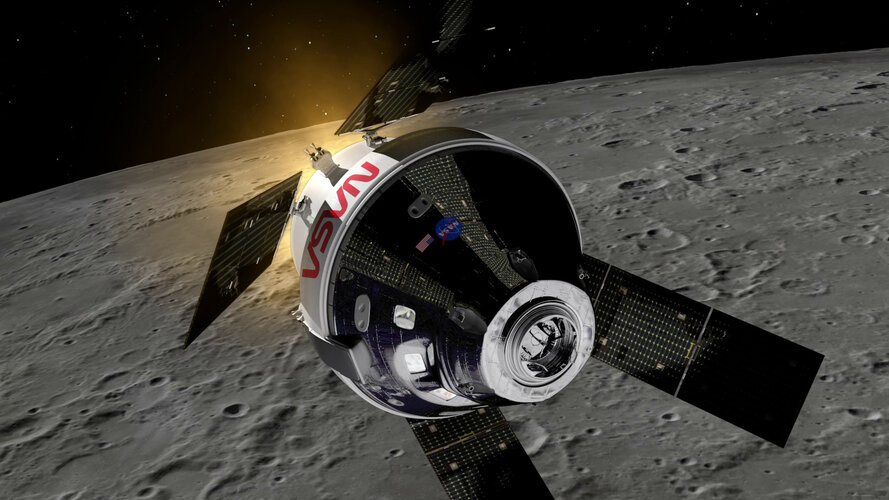 Video:
00:03:42
Video:
00:03:42
The Orion spacecraft with European Service Module will fly farther from Earth than any human-rated vehicle has ever flown before. This video gives an overview of the first mission – without astronauts – for Artemis, focussing on ESA’s European Service Module that powers the spacecraft.
The spacecraft will perform a flyby of the Moon, using lunar gravity to gain speed and propel itself 70 000 km beyond the Moon, almost half a million km from Earth – further than any human has ever travelled.
On its return journey, Orion will do another flyby of the Moon before heading back
NASA to Discuss Webb Telescope Progress, Mirror Alignment
Thursday, 10 February 2022 16:38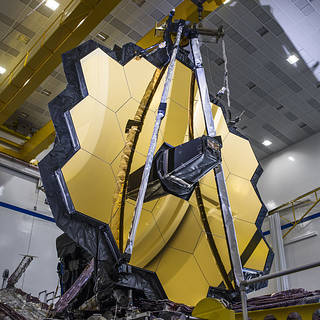 NASA will hold a media teleconference at 11 a.m. EST on Friday, Feb. 11, to share progress made in the early stages of aligning the James Webb Space Telescope’s mirrors.
NASA will hold a media teleconference at 11 a.m. EST on Friday, Feb. 11, to share progress made in the early stages of aligning the James Webb Space Telescope’s mirrors. Final figures show astronaut applicants from all ESA Member States
Thursday, 10 February 2022 15:05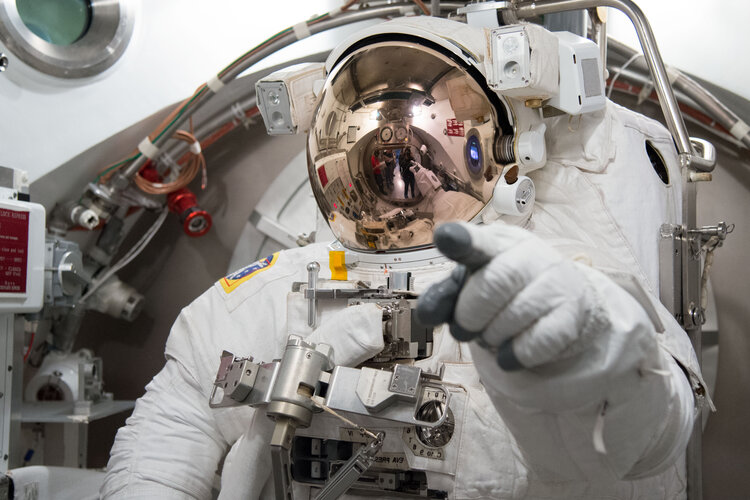
The final figures are in and the number of people who applied to ESA’s 2021-22 astronaut vacancy has been broken down by Member and Cooperating State.
The window to apply for ESA’s astronaut vacancy opened on 31 March 2021 and closed 18 June. It marked the Agency’s first call for new astronauts in over 10 years and the first-time candidates with a physical disability had been invited to apply.
Introducing ESA Vigil: Earth's devoted solar defender
Thursday, 10 February 2022 14:08
Once known as Lagrange, ESA's upcoming space weather mission needed a new name that would reflect its vital role: helping to protect Earth's infrastructure, satellites, inhabitants and space explorers from unpredictable but violent solar events like solar flares and coronal mass ejections.
With 5422 submissions from across Europe and indeed around the world—and after weeks of deliberation, countless spreadsheets, three diverse and expert judges and a lively debate—a new name has been selected for our upcoming space weather mission: ESA Vigil.
Thousands of thoughtful, clever and funny names were submitted in the Agency's #NameTheMission mission contest, which ran from May to September 2021.
Once submissions closed, a team from ESA's Communication department and Space Weather Office reviewed all submissions putting a shortlist of just nine names before a panel of invited, external judges.
Armed with their top three respective choices, the judges then took part in a lively, two-hour video chat in which they made the case for their favourite and deliberated the merits of each.
Chinese space launch startups attract a frenzy of investment
Thursday, 10 February 2022 12:50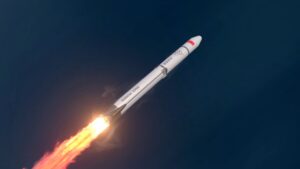
A number of China’s emerging rocket companies have secured major funding rounds in recent weeks as competition to reach orbit intensifies.
Senators make new push for NASA authorization bill
Thursday, 10 February 2022 12:02
Senators used a NASA hearing Feb. 9 to once again advocate for an authorization bill for the agency, arguing it is vital for giving the agency direction and securing funding.
The post Senators make new push for NASA authorization bill appeared first on SpaceNews.
New research sums up sea-level rise
Thursday, 10 February 2022 09:43
Sea-level rise is arguably one of the most serious consequences of the climate crisis. While using satellite data to monitor how the height of the sea is changing provides critical evidence for decision-making, satellites are also essential to measuring the individual components, such as seawater temperature and glacier melt, that contribute to the overall rise. Confidence in the accuracy of these separate measures is key. ESA-funded research now confirms that the figures match up.
Introducing ESA Vigil: Earth’s devoted solar defender
Thursday, 10 February 2022 09:00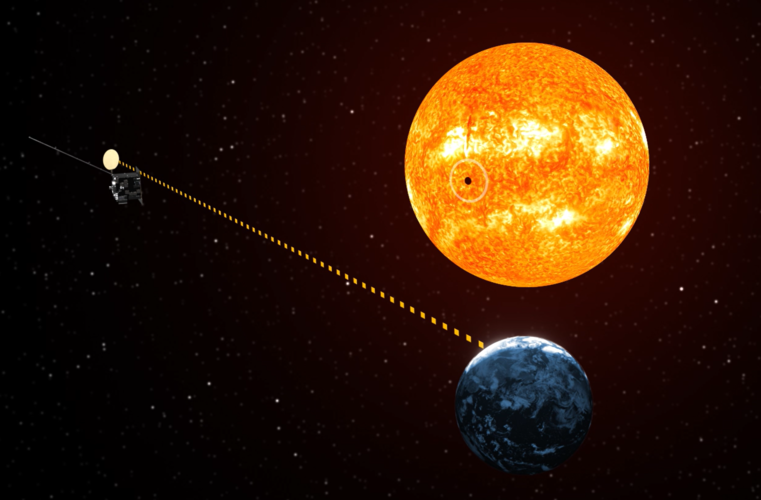
Once known as “Lagrange,” ESA’s upcoming space weather mission needed a new name that would reflect its vital role: helping to protect Earth’s infrastructure, satellites, inhabitants and space explorers from unpredictable but violent solar events like solar flares and ‘coronal mass ejections’.
With 5422 submissions from across Europe and indeed around the world – and after weeks of deliberation, countless spreadsheets, three diverse and expert judges and a lively debate – a new name has been selected for our upcoming space weather mission: ESA Vigil.
Introducing: ESA Vigil
Thursday, 10 February 2022 09:00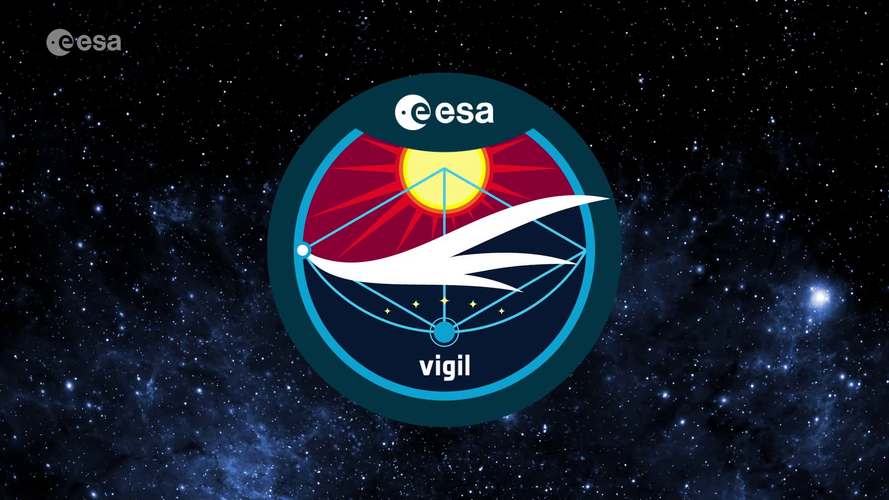 Video:
00:03:07
Video:
00:03:07
It’s the first mission of its kind, set to monitor our active and unpredictable Sun and help protect us from its violent outbursts – and it has a new name.
Once known as “Lagrange,” ESA’s upcoming space weather mission needed a new name that would reflect its vital role: helping to protect Earth’s infrastructure, satellites, inhabitants and space explorers from unpredictable but violent solar events like solar flares and ‘coronal mass ejections’.
During the #NameTheMission campaign, 5422 entries were submitted from across Europe and indeed around the world – and after weeks of deliberation, countless spreadsheets, three diverse and
Build or buy. That’s the question for constellation developers.
Thursday, 10 February 2022 05:16
Many satellite constellation developers are opting to build their own satellites.
The post Build or buy. That’s the question for constellation developers. appeared first on SpaceNews.
Increasing production is important for Hypersonics, Defense official says
Thursday, 10 February 2022 00:28 The Defense Department is working hard on developing both hypersonic offensive and defensive capabilities. But in the immediate future, one of the most important areas to be developed is increasing the capacity at which such systems can be produced, said Gillian Bussey, director of the Joint Hypersonics Transition Office.
"I would say that everything we're doing in terms of the interceptor
The Defense Department is working hard on developing both hypersonic offensive and defensive capabilities. But in the immediate future, one of the most important areas to be developed is increasing the capacity at which such systems can be produced, said Gillian Bussey, director of the Joint Hypersonics Transition Office.
"I would say that everything we're doing in terms of the interceptor Scientists in Britain smash fusion energy record
Thursday, 10 February 2022 00:28 Scientists in Britain said Wednesday they have smashed a previous record for generating fusion energy, an achievement hailed a "milestone" on the protracted path towards harnessing a power source considered cheap and clean.
Nuclear fusion is the same process that the sun uses to generate heat and proponents believe it could one day help address climate change by providing an abundant, safe a
Scientists in Britain said Wednesday they have smashed a previous record for generating fusion energy, an achievement hailed a "milestone" on the protracted path towards harnessing a power source considered cheap and clean.
Nuclear fusion is the same process that the sun uses to generate heat and proponents believe it could one day help address climate change by providing an abundant, safe a UCF lands new project to study effect of rain on hypersonic travel
Thursday, 10 February 2022 00:28 University of Central Florida researchers are part of a new $1 million project funded by the Air Force Office of Scientific Research to better understand and predict how and why raindrops are affected when they cross a hypersonic shock wave.
Hypersonic speeds are those at Mach 5 and higher, or five times greater than the speed of sound. The U.S. is currently working on developing hypersoni
University of Central Florida researchers are part of a new $1 million project funded by the Air Force Office of Scientific Research to better understand and predict how and why raindrops are affected when they cross a hypersonic shock wave.
Hypersonic speeds are those at Mach 5 and higher, or five times greater than the speed of sound. The U.S. is currently working on developing hypersoni 

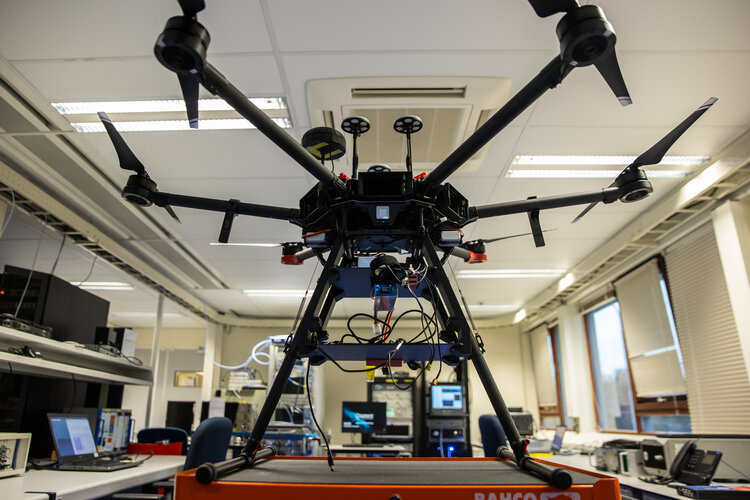 Image:
The drone has landed
Image:
The drone has landed